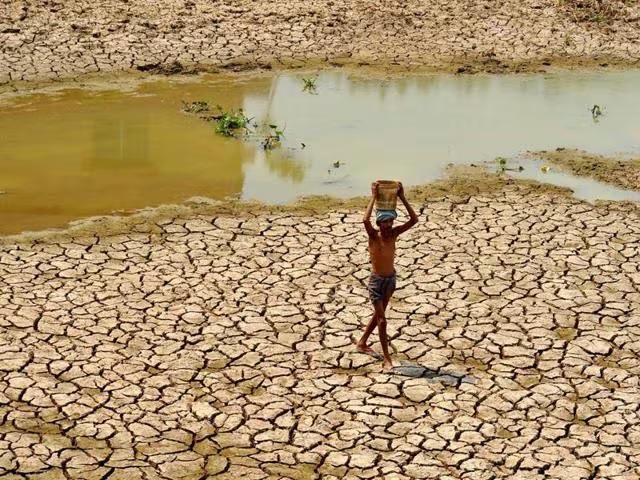
Maharashtra, one of India’s largest states, has long grappled with the challenges posed by recurring droughts. The droughts, intensified by climate change and poor water management, significantly affect the availability of drinking water in rural areas. For the millions residing in Maharashtra’s countryside, obtaining clean and adequate drinking water turns into a pressing concern during times of water shortages.
The Causes of Droughts in Maharashtra
Maharashtra’s droughts are primarily driven by erratic rainfall patterns, over-extraction of groundwater, and deforestation. The state’s reliance on monsoon rains for agriculture and water supply makes it particularly vulnerable to even slight deviations in rainfall. Additionally, the overuse of water resources for irrigation and industrial purposes has led to a significant depletion of groundwater levels, further aggravating the situation.
Impact on Rural Drinking Water Supply
Depletion of Groundwater: Groundwater serves as the primary source of drinking water in many rural areas of Maharashtra. During droughts, the excessive extraction of groundwater leads to a rapid decline in water tables, causing wells and borewells to dry up. This leaves communities without a reliable source of drinking water.
Contamination of Water Sources: As water levels drop, the concentration of contaminants such as nitrates, fluorides, and heavy metals in groundwater increases. This makes the available water unsafe for consumption, posing serious health risks to rural populations.
Failure of Public Water Supply Systems: Droughts often lead to the failure of public water supply systems, as reservoirs and rivers dry up. In many cases, water supply schemes are unable to meet the increased demand, forcing villagers to rely on water tankers or distant sources for their daily needs.
Economic and Social Consequences: The scarcity of drinking water during droughts places a significant economic burden on rural households. Families are often forced to spend a substantial portion of their income on purchasing water. Additionally, women and children bear the brunt of the crisis, as they are typically responsible for fetching water, often traveling long distances to do so.
Mitigation and Adaptation Strategies
To address the challenges posed by droughts, Maharashtra has implemented several measures aimed at improving water management and ensuring a sustainable supply of drinking water. These include:
Rainwater Harvesting: Encouraging the construction of rainwater harvesting structures to recharge groundwater and reduce dependence on monsoon rains.
Watershed Development: Promoting watershed management practices to conserve soil and water resources.
Decentralized Water Supply Systems: Developing decentralized systems that rely on local water sources and reduce the strain on centralized infrastructure.
Community Participation: Involving local communities in water management and decision-making processes to ensure the equitable distribution of resources.
Conclusion
Droughts in Maharashtra highlight the urgent need for sustainable water management practices and resilient infrastructure. By adopting innovative solutions and fostering community involvement, the state can mitigate the impact of droughts on rural drinking water supply. Ensuring access to safe and sufficient drinking water is not only a basic human right but also a cornerstone of rural development and well-being.


